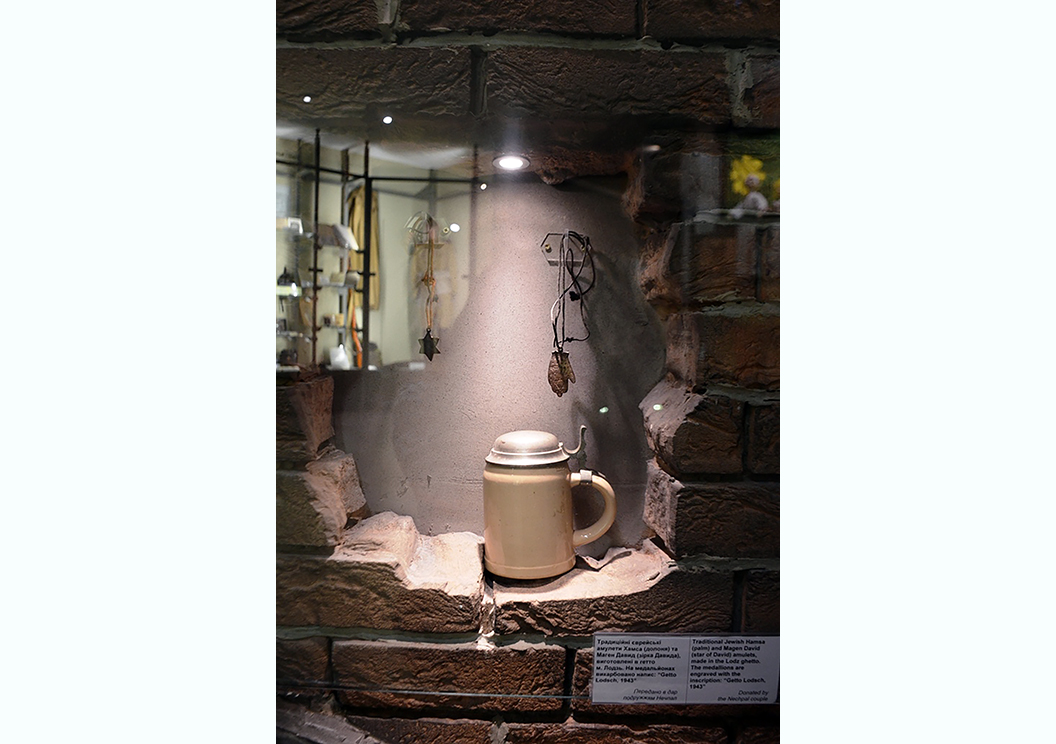The Nazi genocide directed against the Jews of Europe during World War II actually lasted until 1945. And although it became clear from 1944 that the Nazi regime and its allies were already losing this war, the crimes became increasingly terrible and openly unconcealed.
Among them is the liquidation of one of the largest ghettos in Nazi-occupied Europe - Lodzinsky (or Litzmanstadt). Its history began on September 21, 1939, when R. Heydrich (at that time one of the heads of the Nazi Gestapo) sent a secret telegram to the heads of SD operative groups and other officials containing proposals for a solution to the “Jewish problem.” On February 8, 1940, Johann Šefar, the head of the Lodz police, issued an order to create a “Jewish quarter.” The location of the ghetto was foreseen in the most neglected areas of the city (in the north).
Mordechai Chaim Rumkowski was appointed president of the created Judenrat in the Łódź ghetto, who proved himself to be a good administrator, while having a certain freedom of action and direct contact with the German authorities. Rumkovsky had plans to save the Jews through forced labor for the needs of the German army (“Work is our only way”). This plan partially worked - Jews were forced to sew winter clothes, caps and carpets for the needs of the Wehrmacht at enterprises created in the ghetto. The working day lasted more than 10 hours, and even children were involved in the work process.
The ghetto reached its peak in 1940–1941, when about 200,000 people were gathered within its walls. Among them are not only Jews from Poland, but also from Germany, Austria, the Czech Republic, the Netherlands and Luxembourg.
In addition to Jews, there were also Roma in the ghetto. About 5,000 people from the Burgenland region (near the Austrian-Hungarian border; now the land of Burgenland, Austria) were transported to Łódź on November 5–9, 1941. A separate camp was organized for them, but not for long: already in December 1942, its last inhabitants found his death in the Chełmno camp.
As you know, separation was not only based on nationality. At the beginning of December 1942, a camp was organized for Polish children and youth (aged 8 to 16) whose parents were in camps or prisons, minors in orphanages and foster families, homeless children. At the beginning of 1944, the total number of children was about 1,300. Many of them died from diseases, hunger and abuse from the German overseers. This camp existed until the liberation of the city.
One of the largest actions in the Łódź ghetto is considered the so-called Allgemeine Gehsperre (in translation from German – “general curfew”), which took place in September 1942. At that time, about 15 thousand children over the age of 10 and elderly people who were found on the streets of the city were deported by German transport. Most of them went to the Chełmno camp, where they died in gas chambers.
At the beginning of 1944, the final decision regarding Litzmannstadt was agreed among the Nazi leadership. Between June 23 and July 14, 1944, the first 10 transports of approximately 7,000 Jews were sent to Chełmno. Then a certain break was made. After the suppression of the Warsaw Uprising, the inhabitants of the Łódź ghetto were doomed. At the same time, about 25,000 people were killed in Chełmno, and the bodies were immediately burned. As the front approached, the SS decided to deport the Jews who remained in the city to the Auschwitz-Birkenau camp. Among them was the family of the head of the Judenrat H. Rumkovskyi.
Over 4.5 years of existence of the ghetto, approximately 45,000 people died due to hunger and diseases. Only 5-7 thousand Jews survived the Holocaust.
Iryna Radchenko

